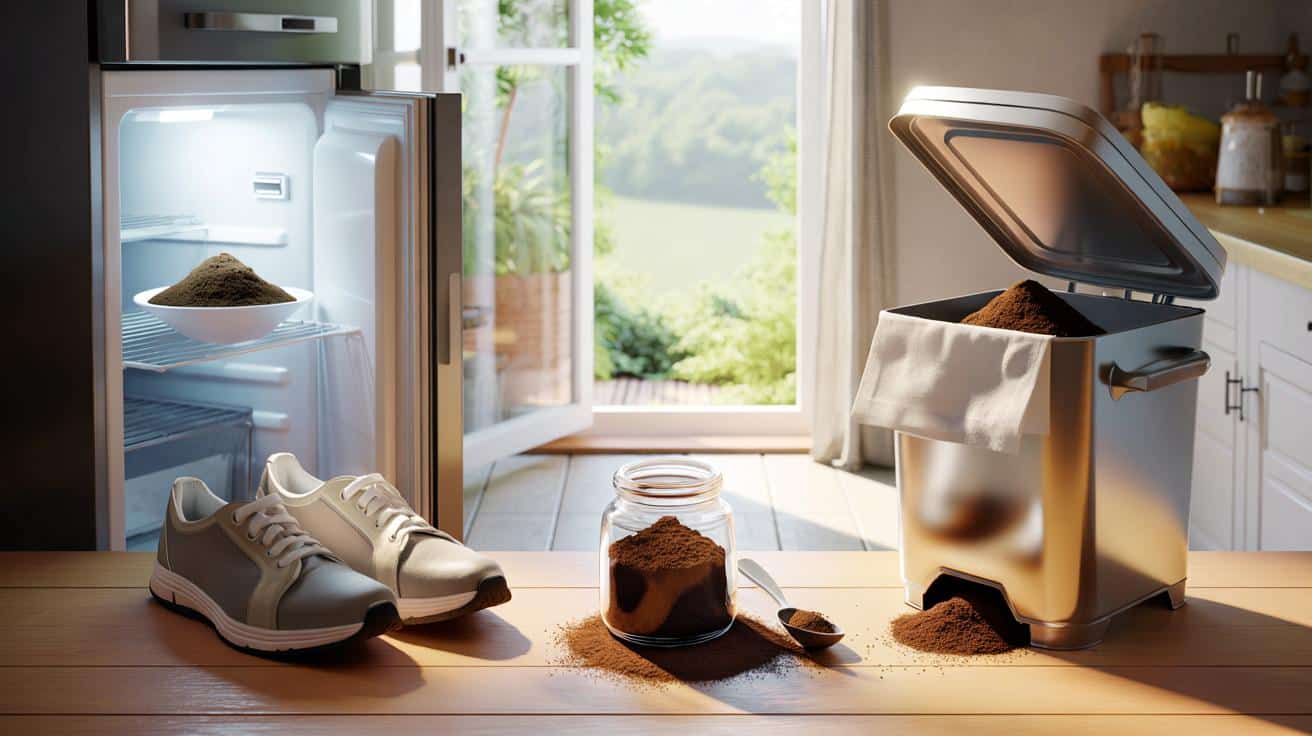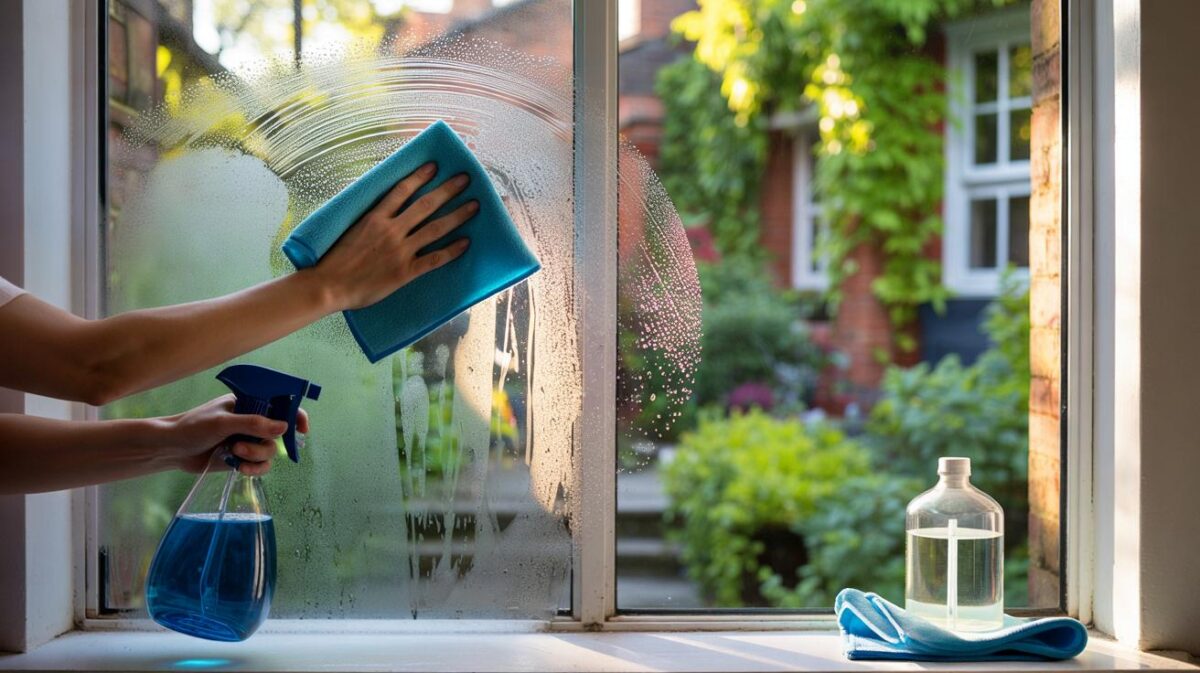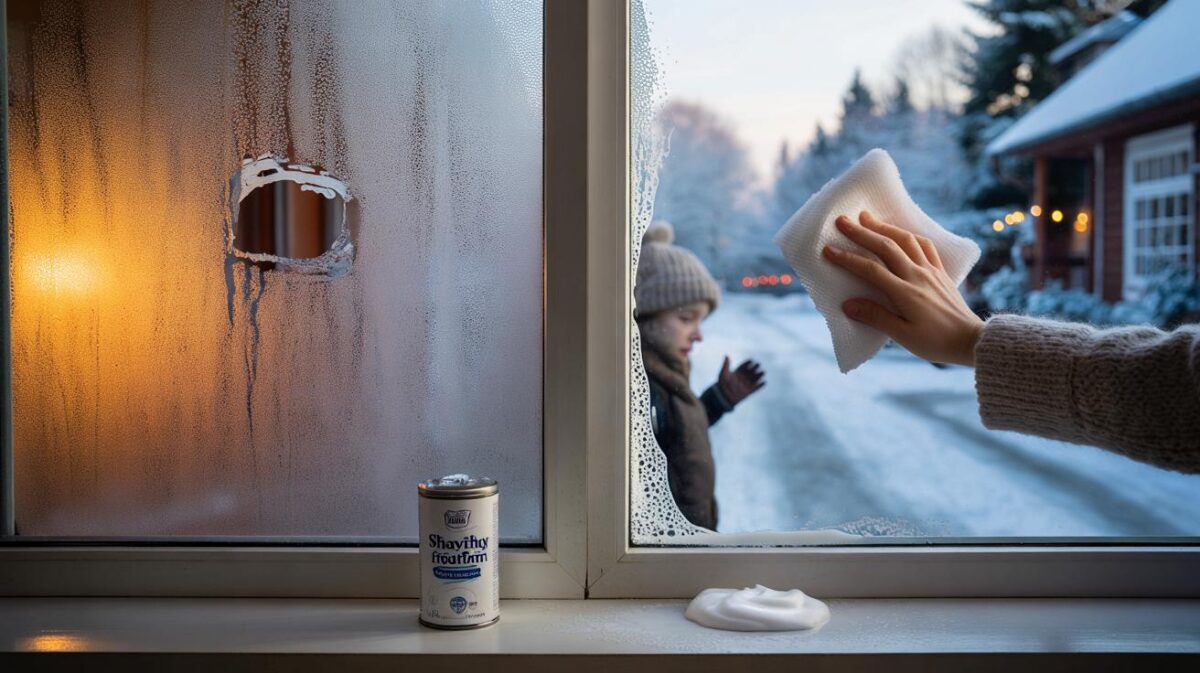It asks for patience, not polish, and costs nothing.
You open the fridge and the aroma of last night’s cheese lingers. The bin makes itself known. Trainers tell their own story. Before you reach for a spray, there is a quieter, cheaper route that relies on airflow, routine cleaning and a humble by-product of your morning brew.
Stop the smell at the source
Unwanted odours creep through gaps, vents and drains, and they thrive where moisture and grime sit. Start by moving air. Throw windows wide to create a cross-breeze for a short, regular burst. Clear the pathways that air uses in and out of your home.
Open windows for 10 minutes, morning and evening, to renew indoor air and cut stale smells fast.
- Dust trickle vents and air inlets monthly to keep airflow steady.
- Wash cooker hood filters and extraction grilles every 3 to 6 months with hot water and detergent.
- If you have MVHR, inspect and change filters at least once a year to keep balance and reduce musty build-up.
- Wipe surfaces after cooking and run the hood during and 10 minutes after steamy tasks.
Kitchen steam, pet dander, damp towels and tobacco residues cling to soft furnishings and corners. Treat the cause, not just the scent. Once the background is under control, you can focus on targeted odour traps.
Why coffee grounds work
From kitchen waste to odour trap
Used coffee grounds are porous and carbon-rich. That texture locks onto volatile compounds that make bad smells. The effect is adsorption, not masking. You do not add a new perfume; you reduce the molecules that bother your nose. Decaf works as well as regular. Roast level changes the faint aroma, not the odour capture.
Dry grounds only: moisture invites mould and blunts the odour-absorbing surface.
Drying increases surface area in contact with air and reduces the risk of clumping. It also keeps the grounds stable in sachets, bowls and shoes.
Prep once, use many times
Collect grounds after brewing. Spread them thinly on a tray lined with baking paper. Leave to air-dry for several hours, or put them in an oven at 80–90°C for 30–40 minutes with the door slightly ajar. Let them cool fully. Store in an airtight jar. Choose organic if you want fewer farm residues on your hands and counters.
Portion the dry grounds into small fabric sachets, paper tea filters, old tights or simply a shallow bowl. Label the jar with the drying date. Replace sachets when they feel damp or when odours creep back.
Target the hotspots
Fridge
Place a shallow bowl of dry grounds on a middle shelf. Space it away from fans. Use 2–3 tablespoons in a small fridge and 4–5 tablespoons in a family model. Swap the bowl when the grounds turn clumpy or after 2 weeks. Wipe spills and clean door seals to keep the effect consistent.
Bin
Two approaches work. Sprinkle a tablespoon of grounds under the liner each time you change the bag. Or sit a small open pot at the base of the bin, away from liquid leaks. Rinse the bin with hot soapy water weekly and dry it fully before refitting the liner.
Shoes
Spoon 1–2 tablespoons of grounds into the toe of an old pair of tights or a fabric sachet. Tie, then tuck one into each shoe overnight. Remove in the morning and let the shoes air for 10 minutes. Wash insoles when possible, as sweat salts prolong odours.
Drains and sink
For a light refresh, tip a teaspoon of grounds into the plughole, then chase with a full kettle of near-boiling water. This helps scour grease films where smells lurk. If odour persists, use a mix of bicarbonate of soda and coarse salt, then finish with warm white vinegar; let it foam for 10 minutes and flush with hot water. Avoid heavy doses of grounds in old or narrow pipes.
| Spot | Amount | Timing | Notes |
|---|---|---|---|
| Fridge shelf | 2–5 tbsp | Replace every 1–2 weeks | Keep dry and away from fans |
| Kitchen bin | 1 tbsp under liner | Each bag change | Rinse and dry bin weekly |
| Shoes | 1–2 tbsp per shoe | Overnight | Use a sachet to avoid mess |
| Sink drain | 1 tsp | Monthly or as needed | Flush with a full kettle of hot water |
Hands, worktops and fabrics
Garlic and onion linger on skin after prep. Rub a pinch of dampened coffee grounds between your palms for 20 seconds, then rinse. The mild abrasion and adsorption reduce sulphur notes. Dry your hands and moisturise to avoid tightness.
Skip grounds on porous stone, pale grout or pale textiles. The brown pigment can stain. On sealed worktops, test a tiny area first. For fabrics, fresh air and bicarbonate of soda remain safer choices.
- Do use grounds as a gentle scrub on robust surfaces and skin.
- Do not apply grounds to unsealed marble, limestone or light upholstery.
- Do empty used sachets into the compost rather than the sink.
Maintenance and safety
Keep coffee grounds away from pets and toddlers. Caffeine can harm cats and dogs if ingested. Store the jar high and use sachets with tight knots. After use, add spent grounds to compost or soil as a nitrogen-rich feed, but mix them with brown materials to prevent clumping.
Avoid tipping large amounts of grounds down drains. In some plumbing, they can settle with grease and contribute to blockages. If a drain smell persists, check the trap is full of water and inspect for leaks that let sewer gases backflow.
Why this beats scented sprays
Aerosol deodorisers often add volatile compounds that mix with existing smells. The result can overwhelm and may irritate sensitive noses. Coffee grounds remove some of the load instead of overlaying it. You also cut plastic waste and save money on refills.
£0 spent, several rooms covered and fewer chemicals released into your home’s air.
When to escalate
Fridge odours that return quickly can point to a blocked drain channel or a filthy drip tray. Pull the unit forward and clean the tray with hot soapy water. Bin smells that defy sachets may come from food residue under the rim or a cracked base that holds liquid. Replace damaged bins. Persistent damp notes often signal hidden moisture; check under sinks, behind kickboards and around window reveals.
Extra tips and practical add-ons
Plan a two-week reset. Note the main odour spots on day one. Ventilate twice daily, clean the hotspots once, and deploy coffee grounds as above. Track any change in intensity after 48 hours and again after 7 days. Adjust amounts or placement. If no improvement, shift focus to moisture control and deep cleaning.
Alternatives exist. Bicarbonate of soda absorbs acidity-driven smells, activated charcoal handles a wide spectrum, and zeolite pellets tackle damp cupboards. Coffee grounds sit between these options: free, accessible and good for moderate odours. Many households use a mix: charcoal for wardrobes, bicarbonate for carpets, coffee for the fridge and bin.
For runners and workers on their feet, rotate shoes to let them dry fully between wears. Pull out insoles and wash them weekly. Use thin merino or technical socks that wick sweat. A coffee sachet helps, but drying time does the heavy lifting.
If you brew every day, keep a small drying tray near the hob and run a weekly cycle: dry, refill sachets, swap used for fresh, and compost the old. This rhythm keeps the odour surface active and prevents mould in dark, closed spaces.









Brilliant guide! I followed the 10-minute window routine and tucked dry grounds in the fridge and bin—odours dropped fast. Love that it’s adsorption, not perfume; my nose is thankful 🙂 One tiny tweak: I baked the grounds at ~85°C with the door ajar, then jarred them. Will swap sachets when they feel damp. Also apprecieate the pet warning—keeping them out of paw’s reach!